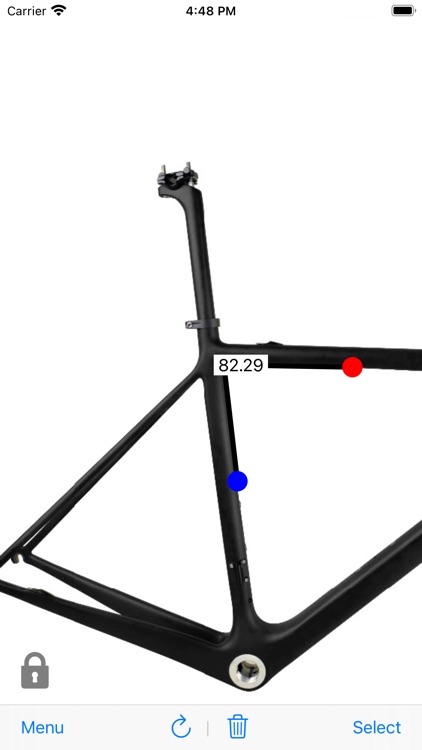Note: An updated version of this post is published on my newsletter, SIGMA. You are invited to read it there, and subscribe if you want to get more content like this.
https://sigmanewsletter.substack.com/p/after-the-first-ever-mobile-devops-summit
Last week, I attended Bitrise’s Mobile DevOps Summit 2022. It was a one-day virtual event packed with dozens of talks from people all around the world. As someone who spent more than ten years in mobile development and has a full-stack background, let me start by appreciating the notion of “Mobile DevOps” and Bitrise for taking it seriously. If I’m being honest, there were times in my career when the usual DevOps felt like force-fitting for the mobile and it’s great to see the shift in how the industry is approaching mobile-related operations nowadays.
If you haven’t heard of this event or didn’t have the time to participate, I highly recommend checking out the agenda and watching the sessions you find interesting, they’re all available on demand.
Before sharing my picks below, I’ll say a few words on the event. When I saw the agenda for the first time, with 25-min talks back to back within almost 8 hours and in parallel, I wasn’t expecting to survive after the first half. Things actually played out quite nicely for me, and I think the credit goes both to the speakers for preparing their talks short and concise as well as to the moderators for being mindful about the time. Although sometimes the talks were just cut-off after the 25-min remark, most of the times there were enough time to wrap things up.
Here’s my top 3 from the talks
#1 – Best Practices in Automated Testing by Ron Diamond
Ever since I started to feel like getting a grasp of BDD and its potential, I never stopped thinking about the ways of implementing it. I believe it’s a never-ending process – there’s no one-size-fits-all way of doing it, and that’s the exciting part. But what are some practices to apply on the fundamentals to make your life much easier as you invest more time on the upper layers of your test suite? Look nowhere else because this talk will give you lots of food for thought.
Bonus material: Blog post by the author
#2 – The Journey to Weekly Releases at eBay by Wyatt Webb
There are a lot of “easier said than done” things in software engineering. Release process is definitely one of them.
Have you ever worked on a project where you built the right thing, you built it well and it works and everyone’s happy, you pop the cork in the champagne and then you find out that it’s not going to be deployed for three months?
If you want to know what situation your company is in, try to deploy “hello world” and see how long it takes.
Talk by J.B. Rainsberger – The Economics of Software Design
Okay, this talk might not be about the example I quoted above, but I don’t think it’s too far away as it’s for shortening the release cycle. How easy is it to reduce your release cycle by one day? Maybe fairly. Two days? What about three? If you are releasing bi-weekly, then what about cutting it in half!?
So, what I liked about Wyatt Webb’s speech is that it’s not a concept, it’s a demonstration and an aftermath. I believe there’s a lot to learn there, but thankfully for us, from the easy way.
#3 – Level up your CI for iOS and macOS by Philipp Hofmann
Can you get away with not speaking about automation and optimization in a DevOps event hosted by a CI/CD platform? (Why would you, anyway) This one is a bit more technical and iOS/macOS oriented – Philipp impressed me with great tips and tricks for getting the best out of Apple frameworks for your CI.
Bonus material: The decks
And finally…
Here are some other talks that I enjoyed – hope there’s something for you!
- How KPIs can drive your mobile CI transformation project by Jane McKay
- Native development without double cost by Ivo Jansch
- Analyzing iOS apps at scale by Phillip Tennen
- Embracing Go for Mobile DevOps by Sameer More and Jamal Rogers
